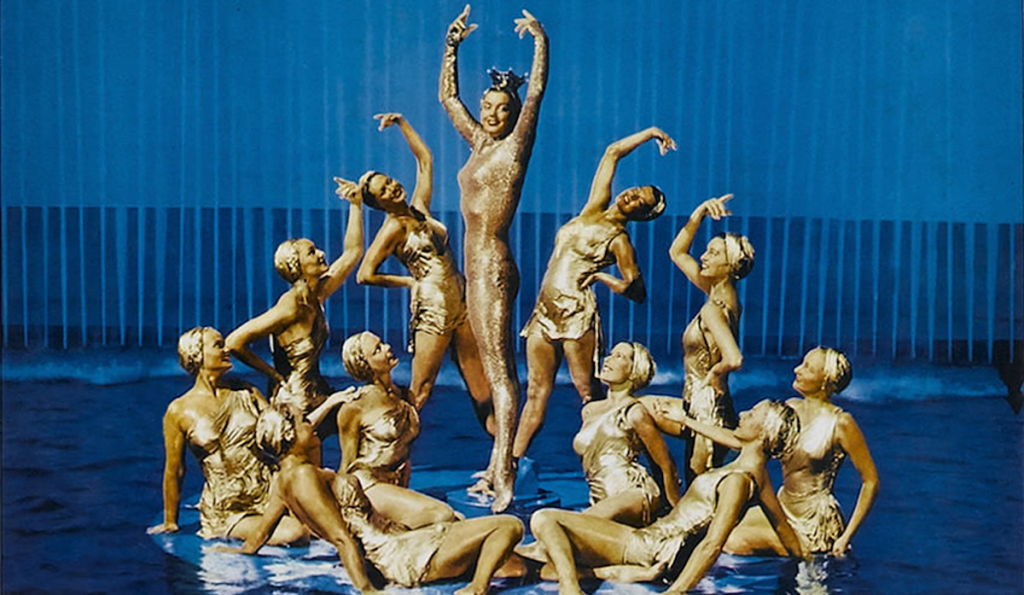On 13 June 1934, American cinema was reshaped by the formal implementation of the Motion Picture Production Code – commonly referred to as the Hays Code after Will H. Hays, the Motion Picture Producers and Distributors of America’s then-president. While conversations about “morality” had persisted since cinema’s earliest days, Hays’ appointment of staunch conservative Joseph Breen cemented the need for every film to obtain a certificate of approval, forbidding certain violences and vices from reaching viewers’ eyes and ears.
On May 25, 1934, days before this dramatic development, W. S. Van Dyke’s The Thin Man was released – sneaking in as one of the last pre-Code crime comedies. On the surface, The Thin Man seems a hardboiled noir-esque murder mystery: its source material is a novel by Dashiell Hammett, perhaps best known for The Maltese Falcon, and its plot centres around a husband-and-wife detective team and the case of a missing inventor. However, the story’s heart is not the who, where, or why, but the fun along the way. Valuing vibes over plot, The Thin Man remains captivating, even though the mystery’s reveal is not its best remembered feature – indeed, one could argue that this lack of memorability in favour of charm contributes to the film’s rewatchability. Despite its status as a Christmas and New Year classic (what film with a scene of a hungover, injured man taking potshots at his own Christmas tree would not be?), the film transcends its setting and 90 years through the larger-than-life characters populating its bars, hotels, and back alleys.
The spark of a perfectly matched central couple, complementing and enabling each other’s best features and flaws, is written to perfection by Frances Goodrich and Albert Hackett after Hammett. Nick Charles (William Powell) is no expert gumshoe – he is dashing and clever, but his dog Asta (Skippy, a wife-haired fox terrier who remains one of the screen’s most charismatic canines) does as much sleuthing as his master. Nick’s and his wife’s Nora’s (Myrna Loy) skills lie in the social, easily picking up friendships and earning trusts – including that of Dorothy Wynant (Maureen O’Sullivan), the missing inventor’s daughter. What the Charles couple lack in boots-on-the-ground detective work, they make up for by knowing how to keep friends and enemies equally close.
As far as unwise escapism goes on screen, Nick and Nora are exemplary and ever-delightful. The pair’s functional alcoholism is downright glamorised – frowned upon after the Code’s advent, inadvisable in real life, yet excellent entertainment. Nick is introduced chatting to a bartender about the best rhythm for shaking cocktails: foxtrot for a Manhattan, two-step for a Bronx, and “always” a waltz for a dry martini. After Nora enters, almost dragged off her feet by Asta looking for Nick, she gathers herself and promptly orders six martinis to catch up to her husband. The next morning, her self-pity and Nick’s glee are palpable.

The couple’s Christmas party (overflowing, in Nick’s words, with “Highballs and cocktails – the long and short of it”) perhaps best showcases both Van Dyke’s fluid ease of finding order in chaos as well as the memorable supporting characters immediately identified through finely drawn mannerisms. The camera’s cuts flit from one group to the next with Nick and Nora’s gazes: the merry-makers by the tree, a guest sobbing as he tries to call his mother long-distance, and (when the plot invades) Dorothy’s Freud-obsessed brother Gilbert (William Henry) befuddling reporters by saying his father was a “sexogenarian” – that is, sixty years old, a much more printable term.
Gilbert may be chief among the supporting cast, quick to diagnose himself and his sister with Oedipal / mother complexes and gaze into his crystal to look for answers. He is rarely seen without his large psychological textbook in tow, accepting its explanations of his messed-up family with unquestioning enthusiasm. Freud was still alive when his disciples were so mocked, but the humour is perennial.
Even unnamed characters are given moments to shine. When Nick has suspicions, he throws a massive party and – with Nora as eagle-eyed co-host – invites all suspects. The party is staffed by police officers disguised as cocktail waiters, and the clashes between hosts and guests (many coerced into attending), guests themselves (many hating the others’ guts), and the “waiters” struggling against their own lack of tact drive the hilarity to its zenith.
After this finely honed comedy and the opening intrigue, the solution is reached with underwhelming speed. The Thin Man may not satisfy as a detective tale, but who would not want to spend time in its uber-glamorous, uber-seedy portrait of New York? It is a view not seen again for decades.
Naturally, The Thin Man spawned many sequels, but none match the original – perhaps the Code is to blame for toning down the irrepressible vibrancy of Nick and Nora’s world, anchored by their passion for booze and each other. Its final shot is of Asta, tossed onto the top bunk of a sleeper train, covering his eyes, an innuendo soon to be forbidden. These high spirits and shenanigans remain appropriate for every festive season – even in May.
“The Thin Man” is available for digital rental or purchase, and on Blu-ray from Warner Archive Collection.



